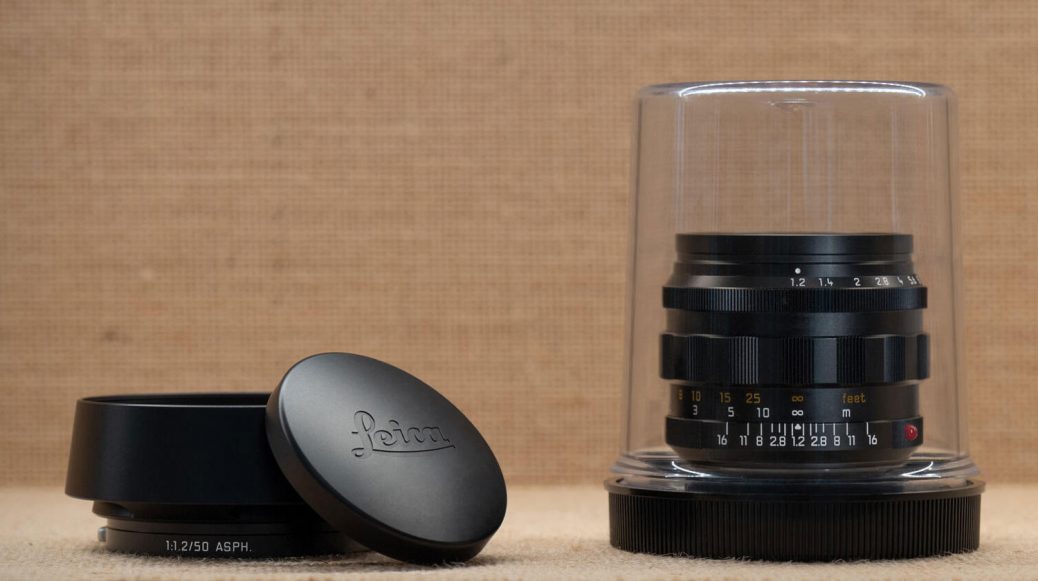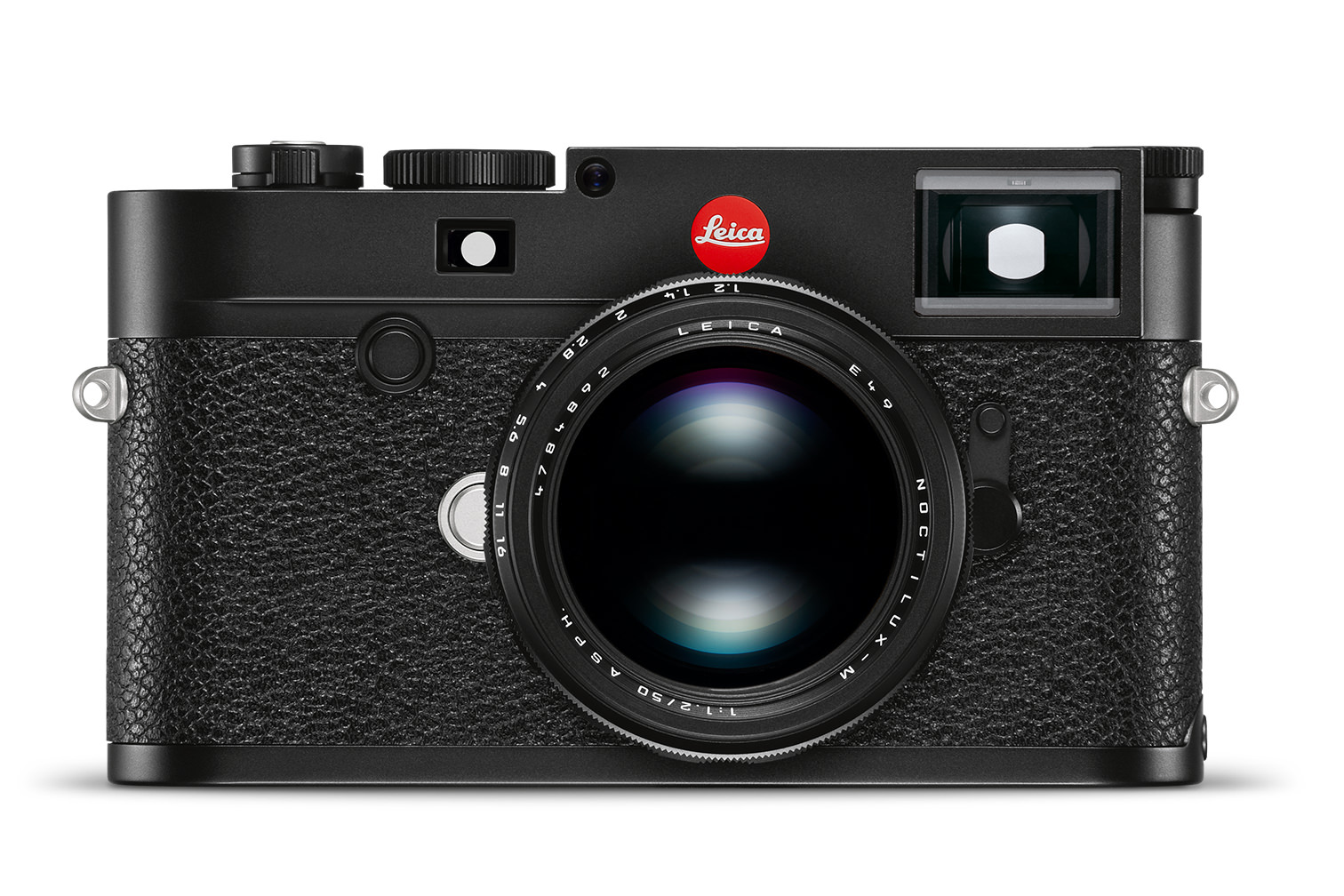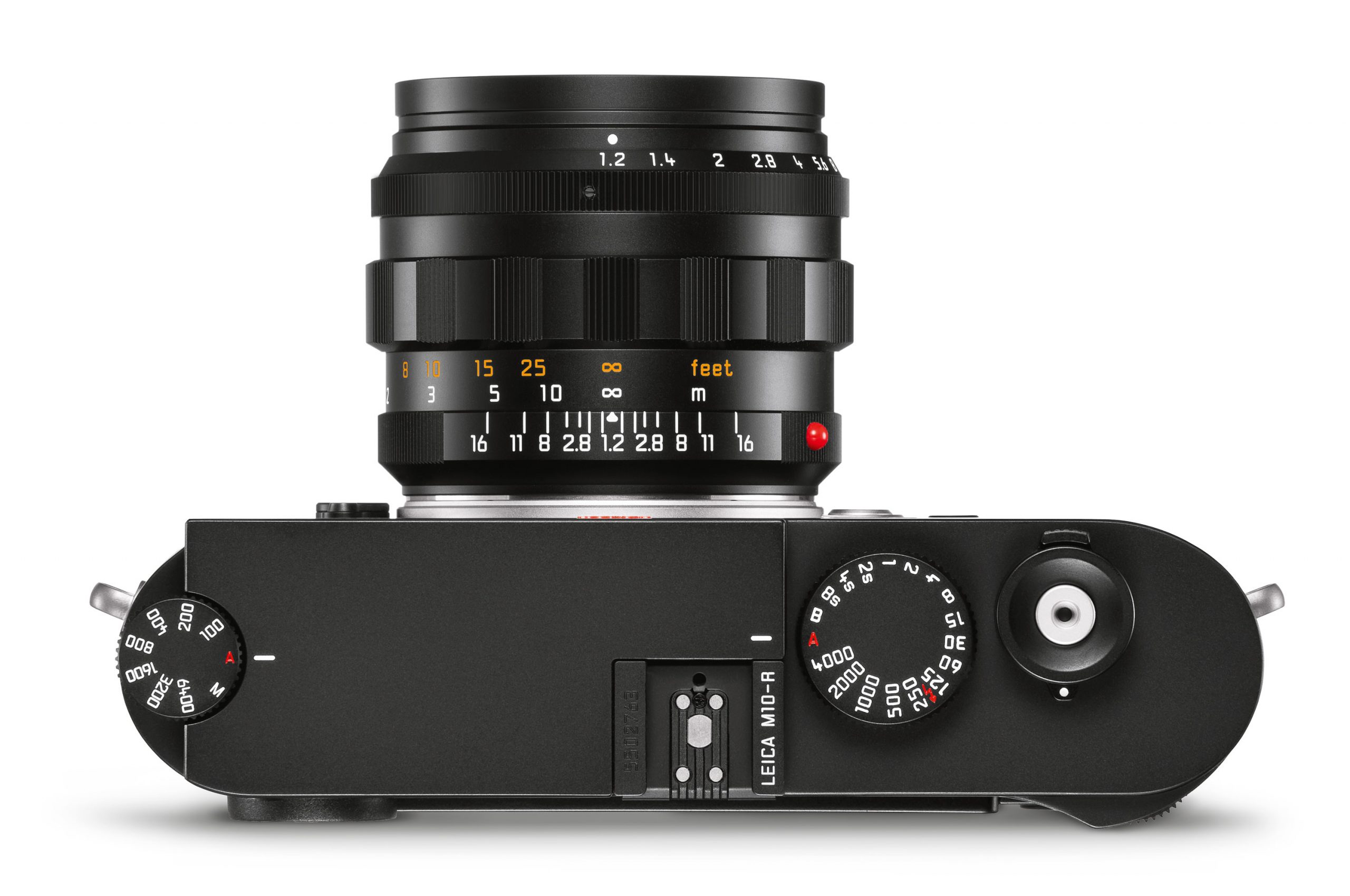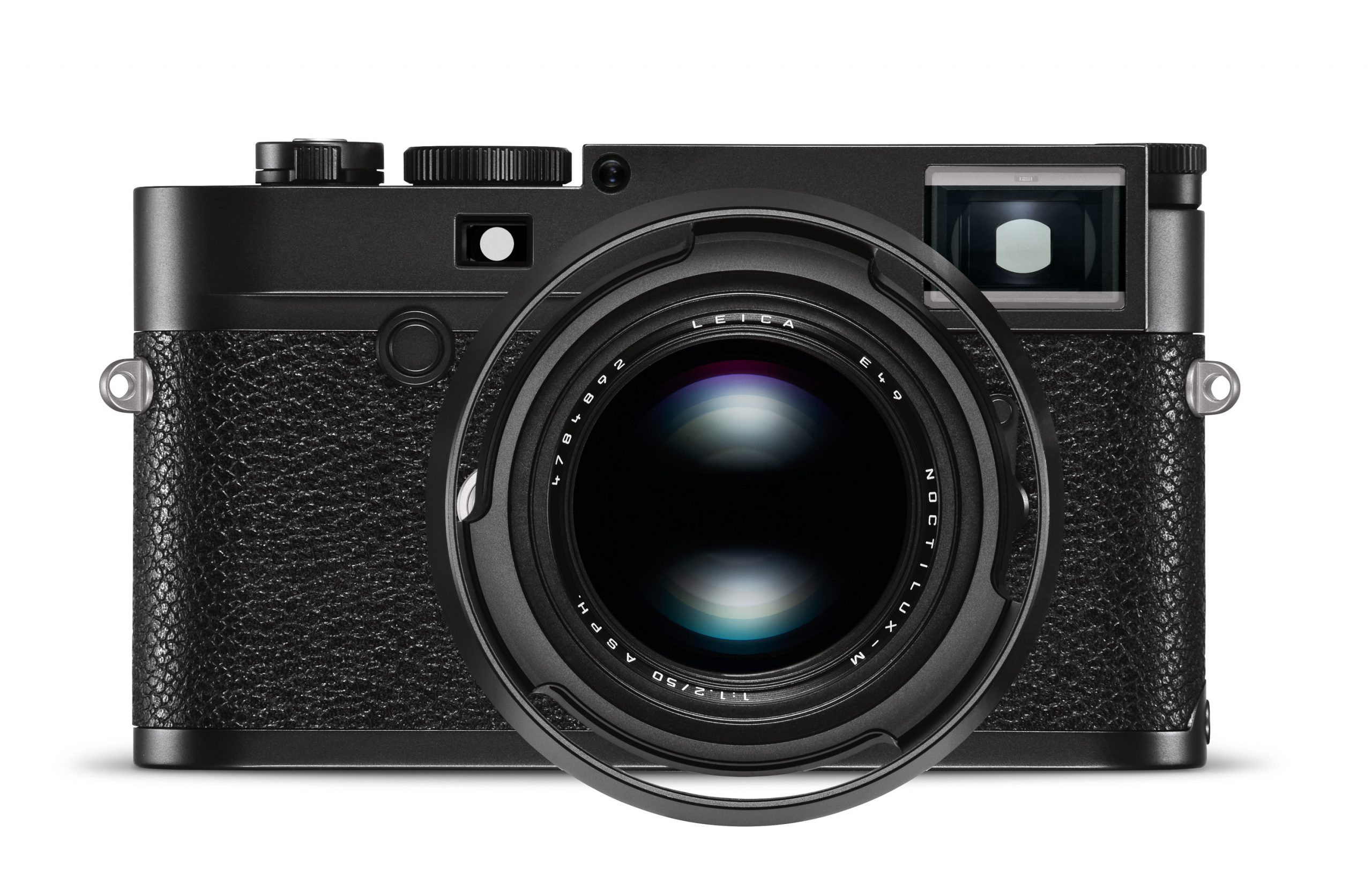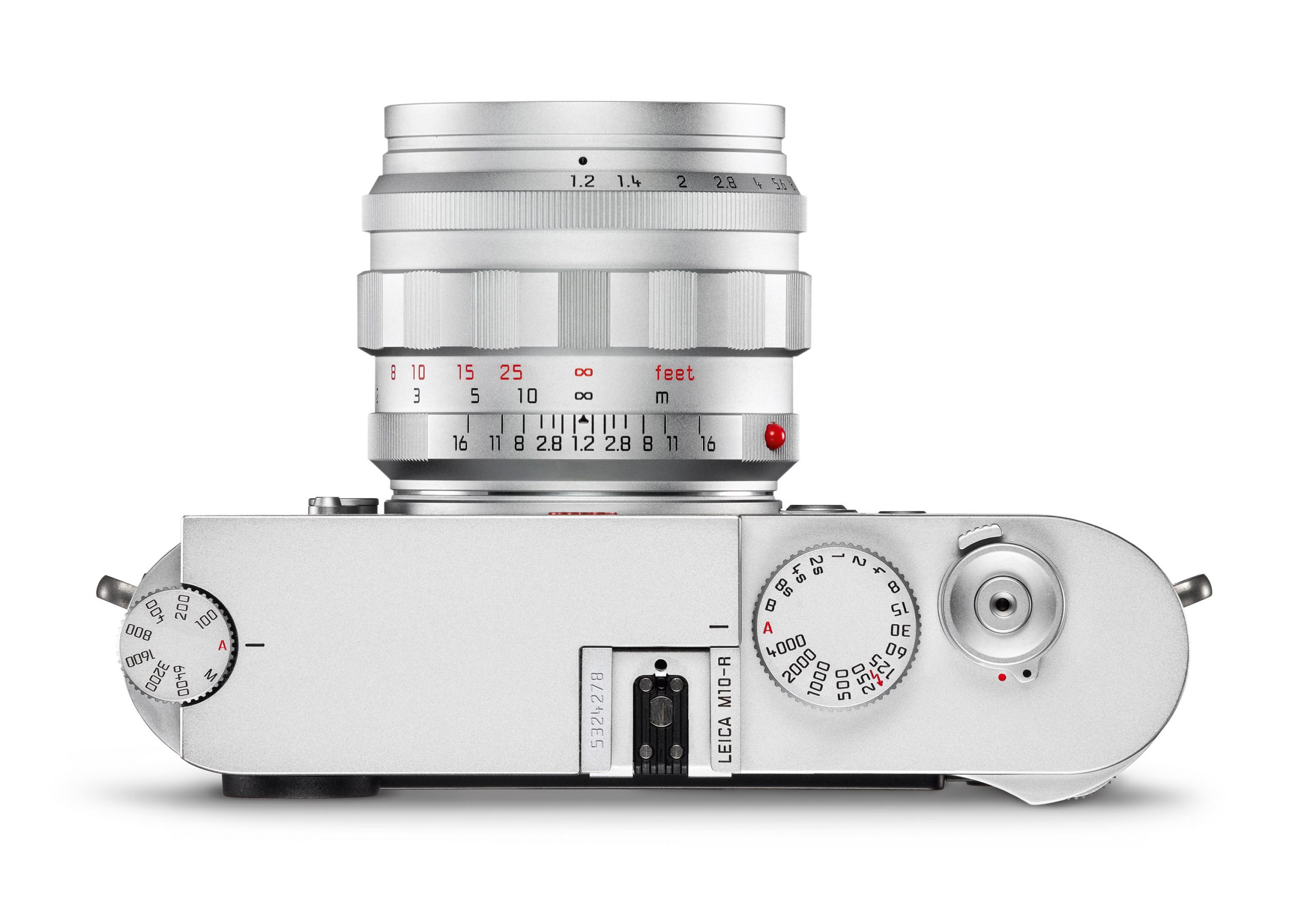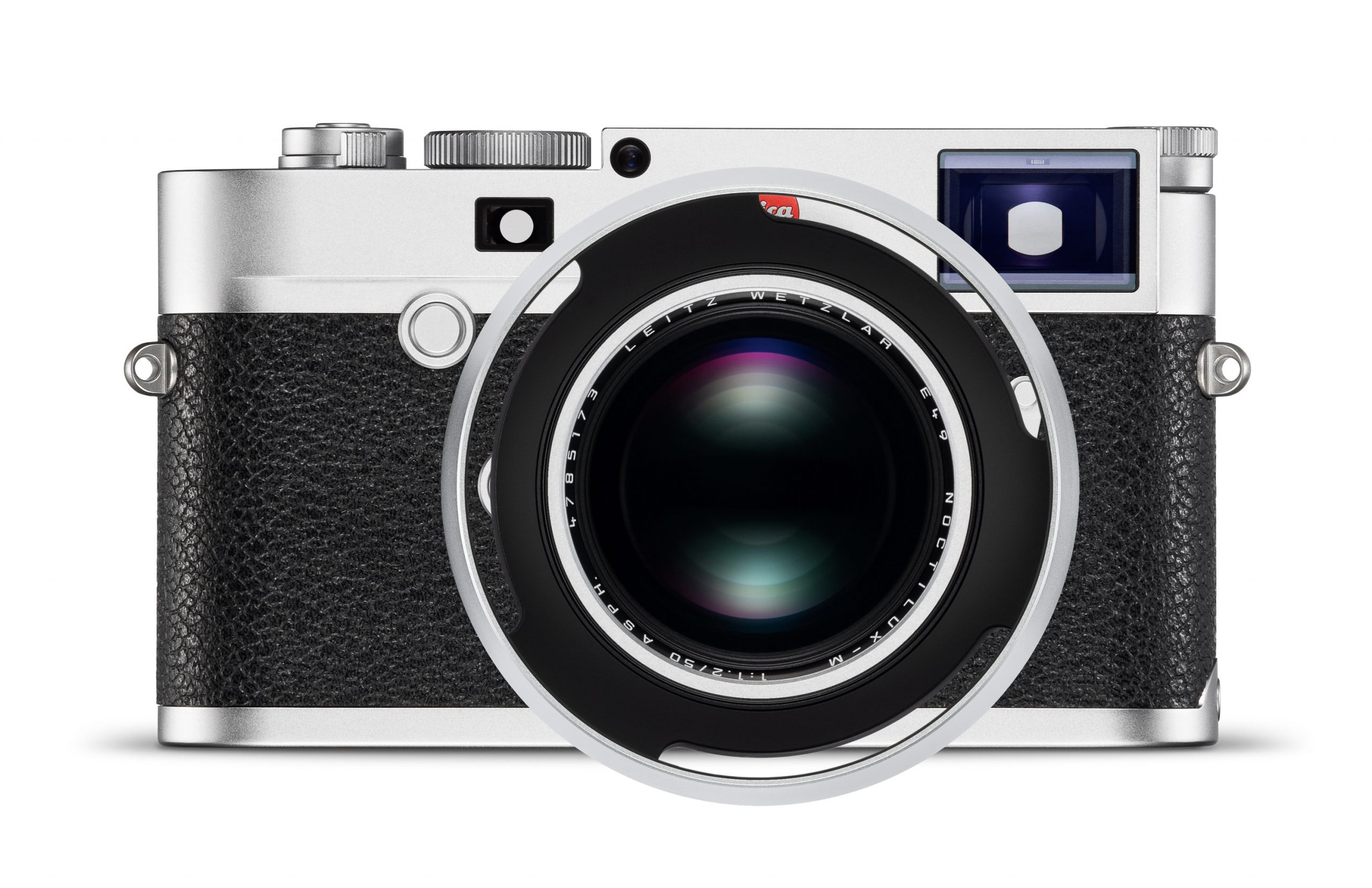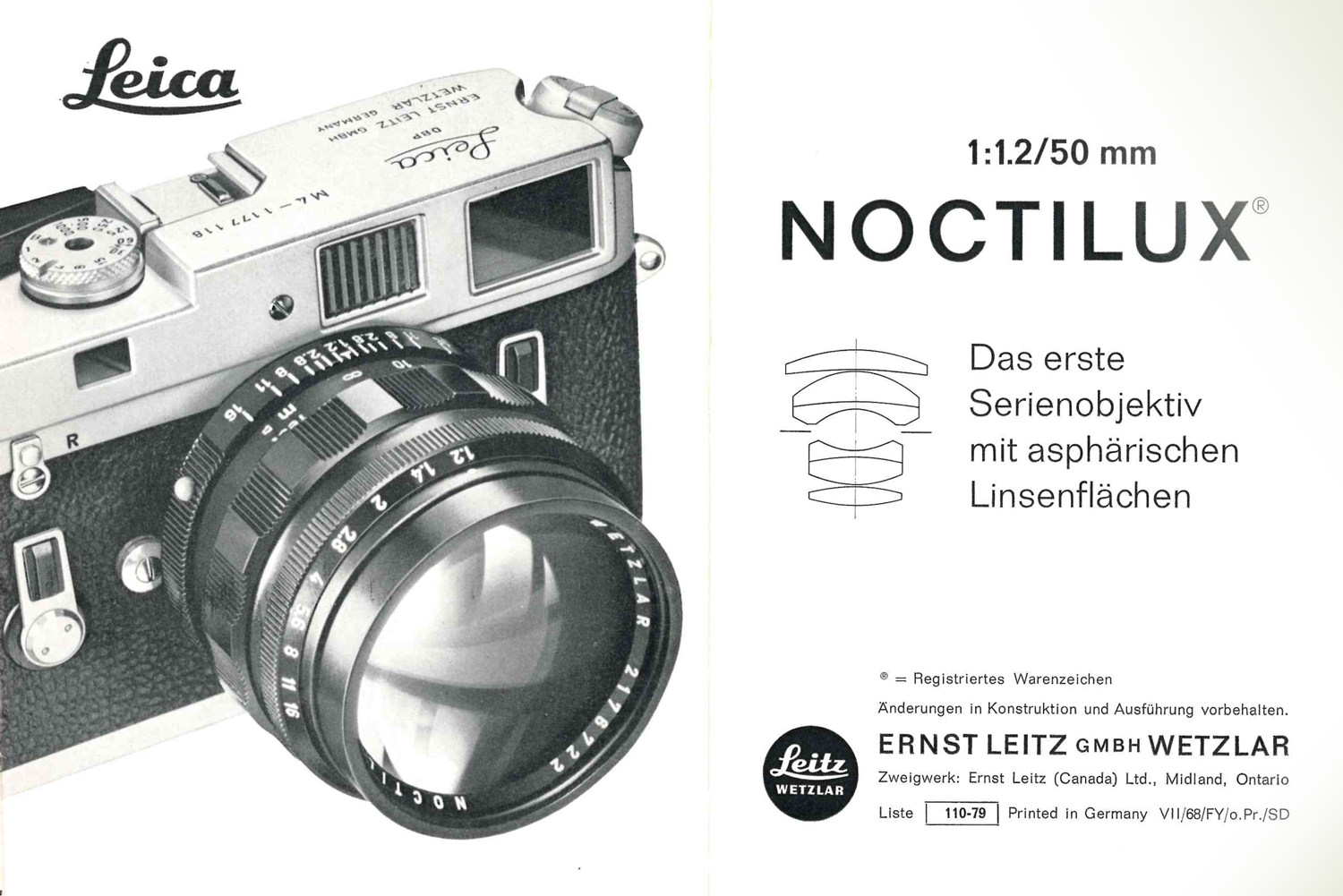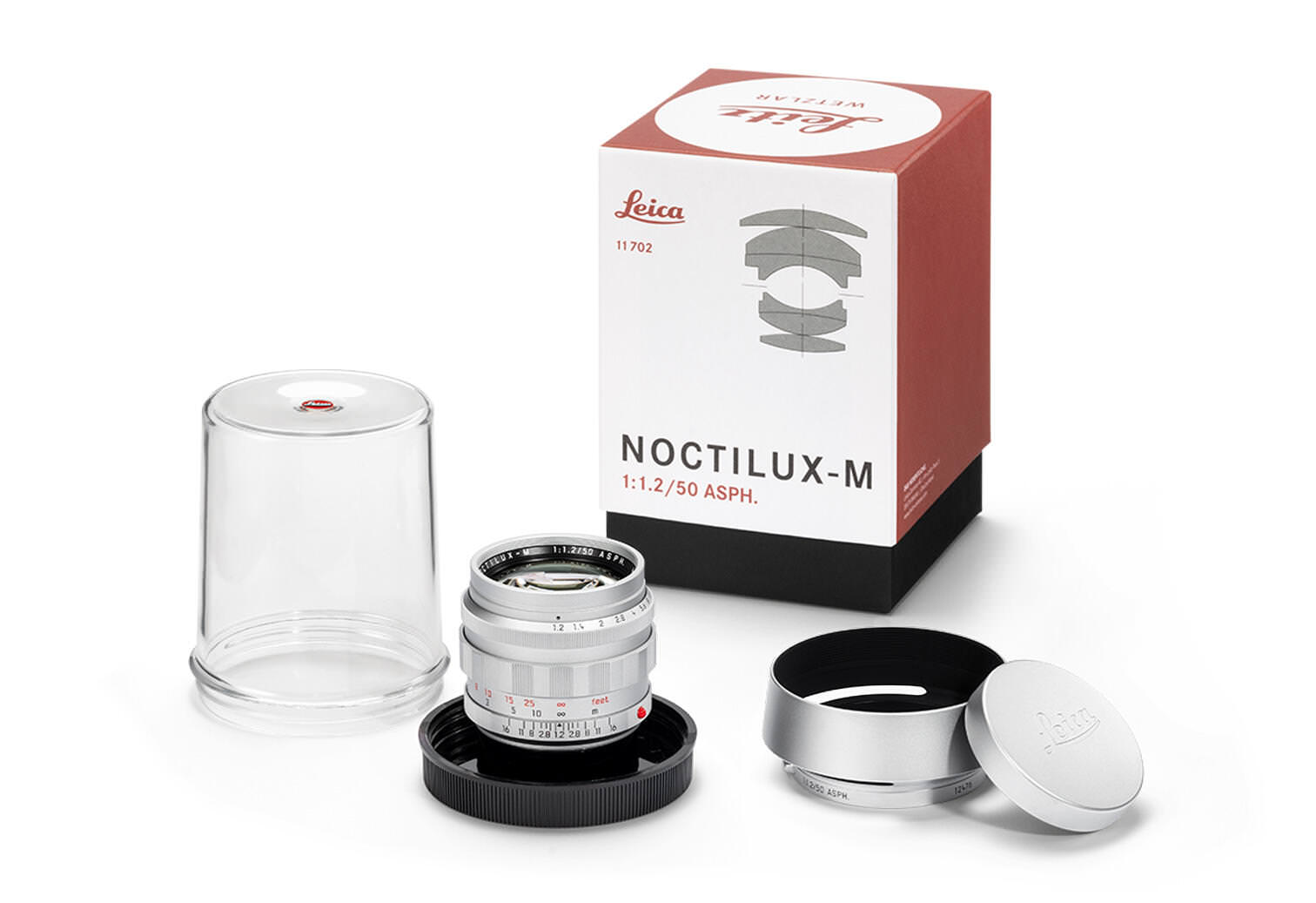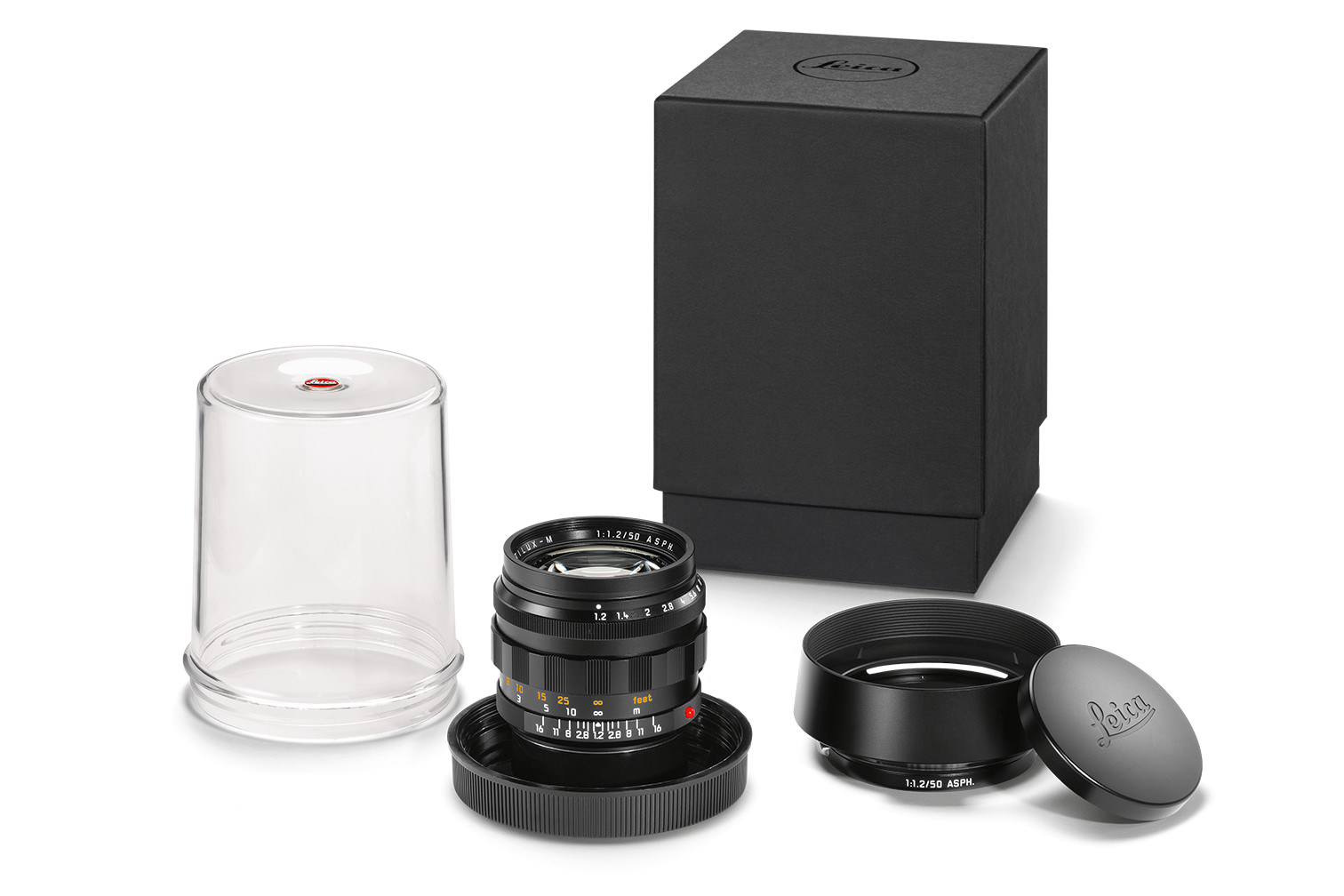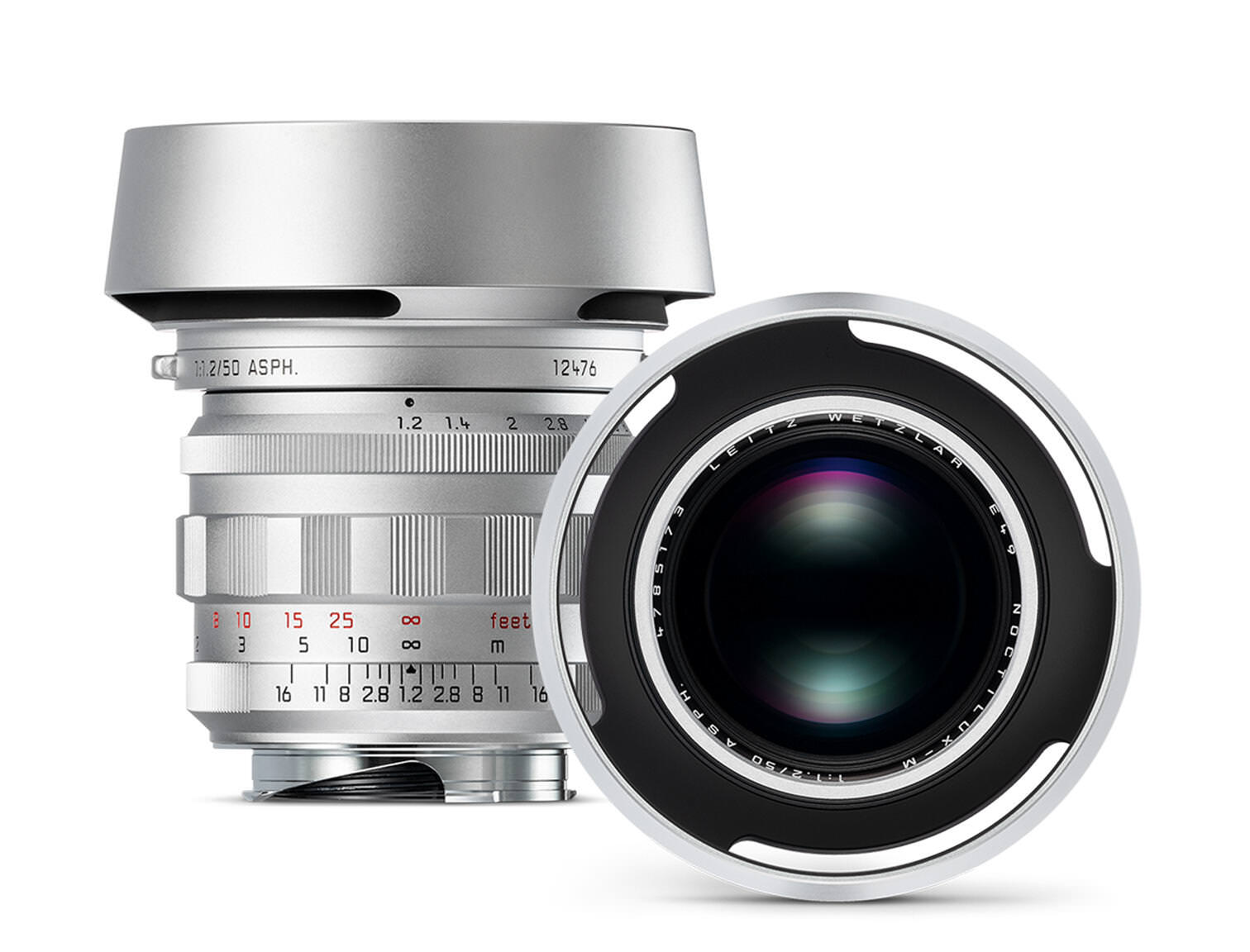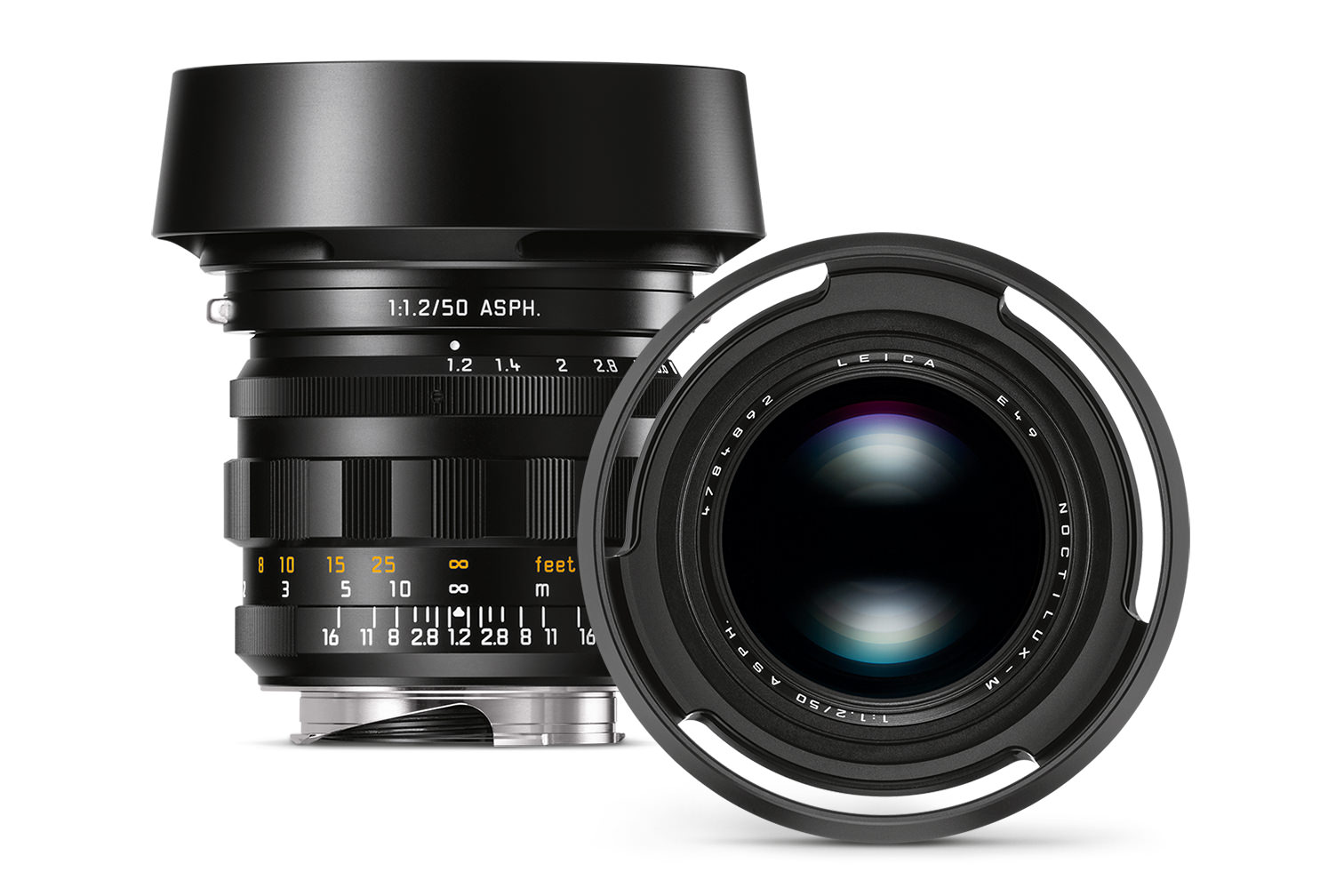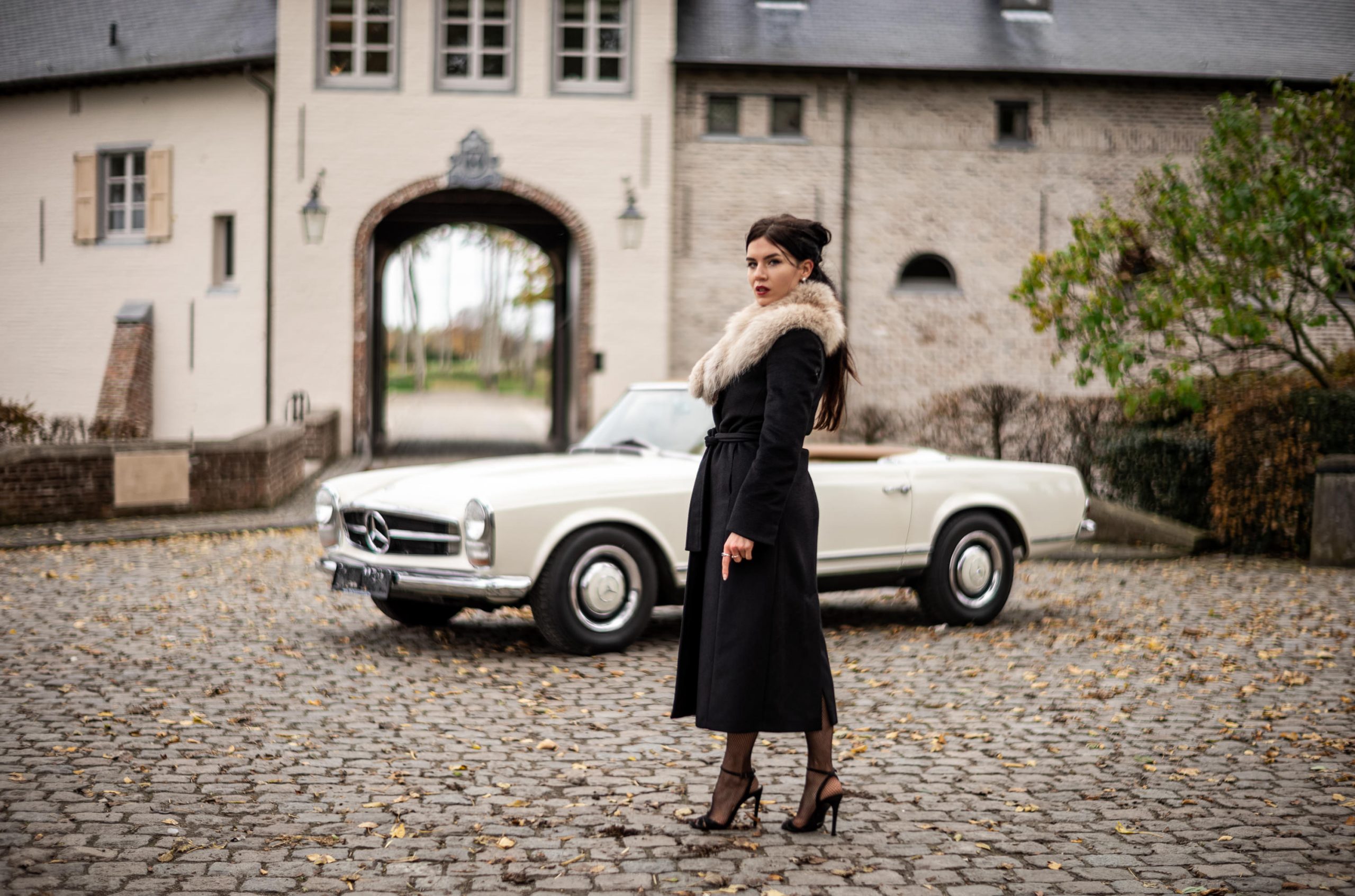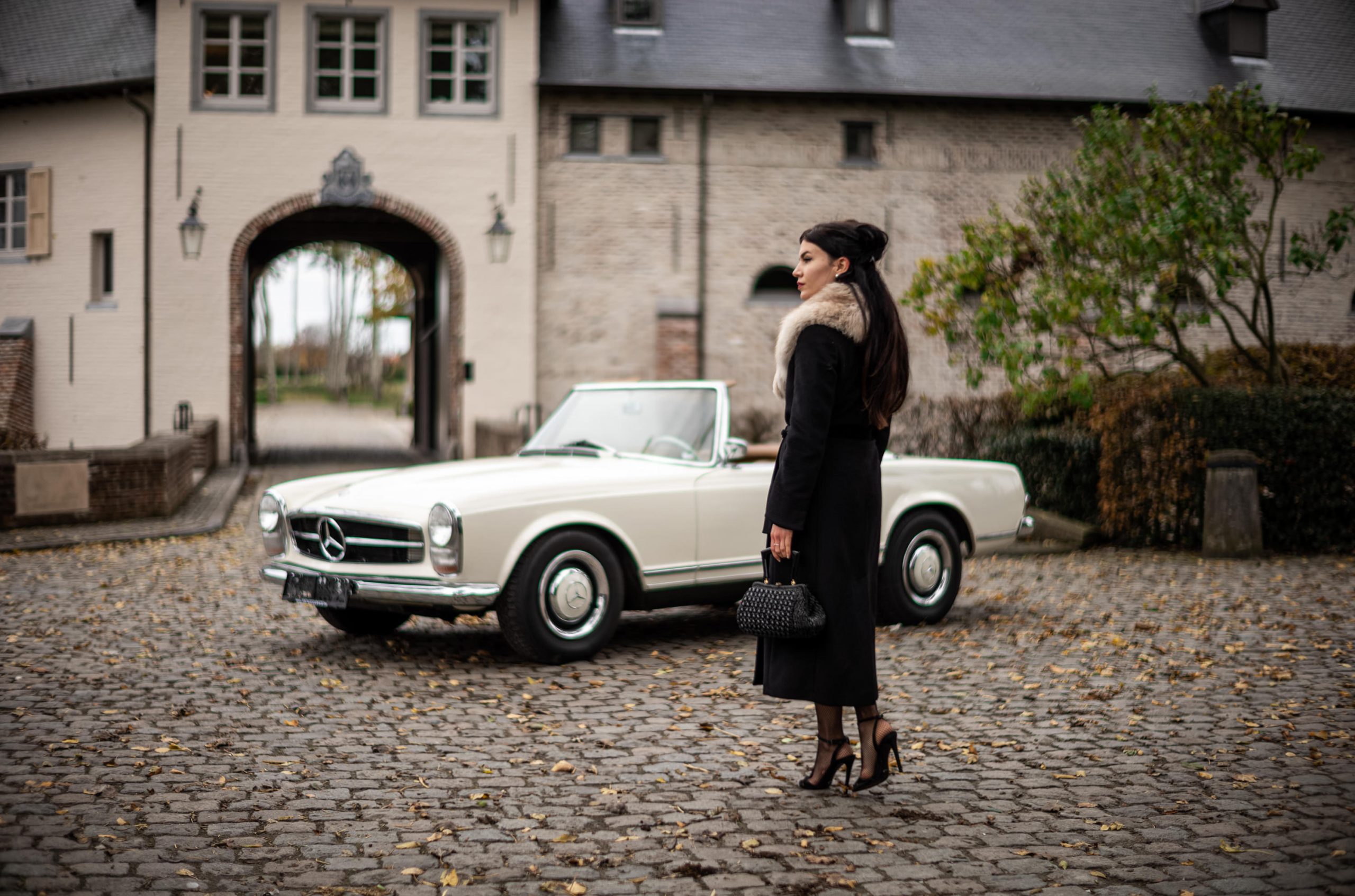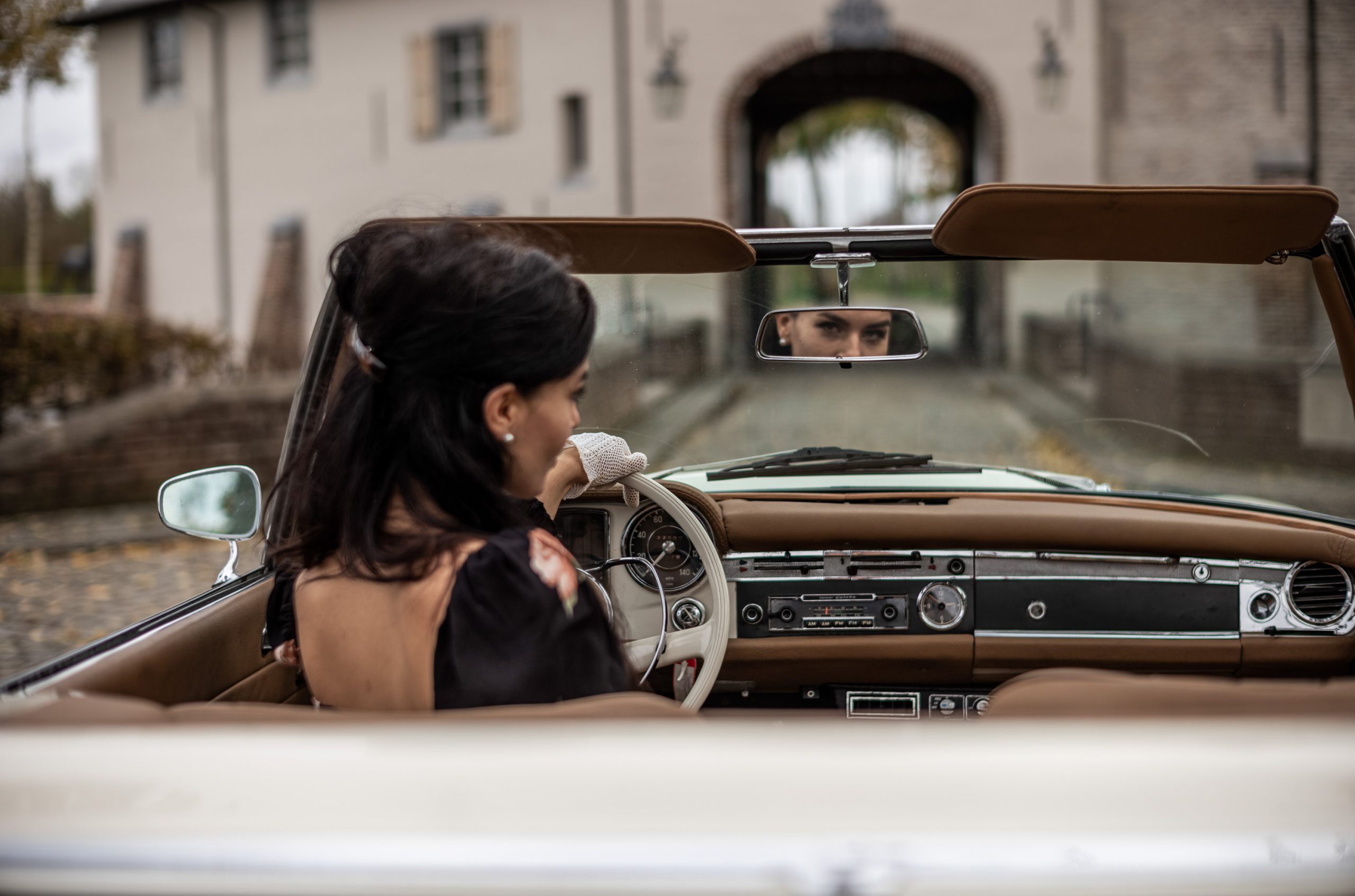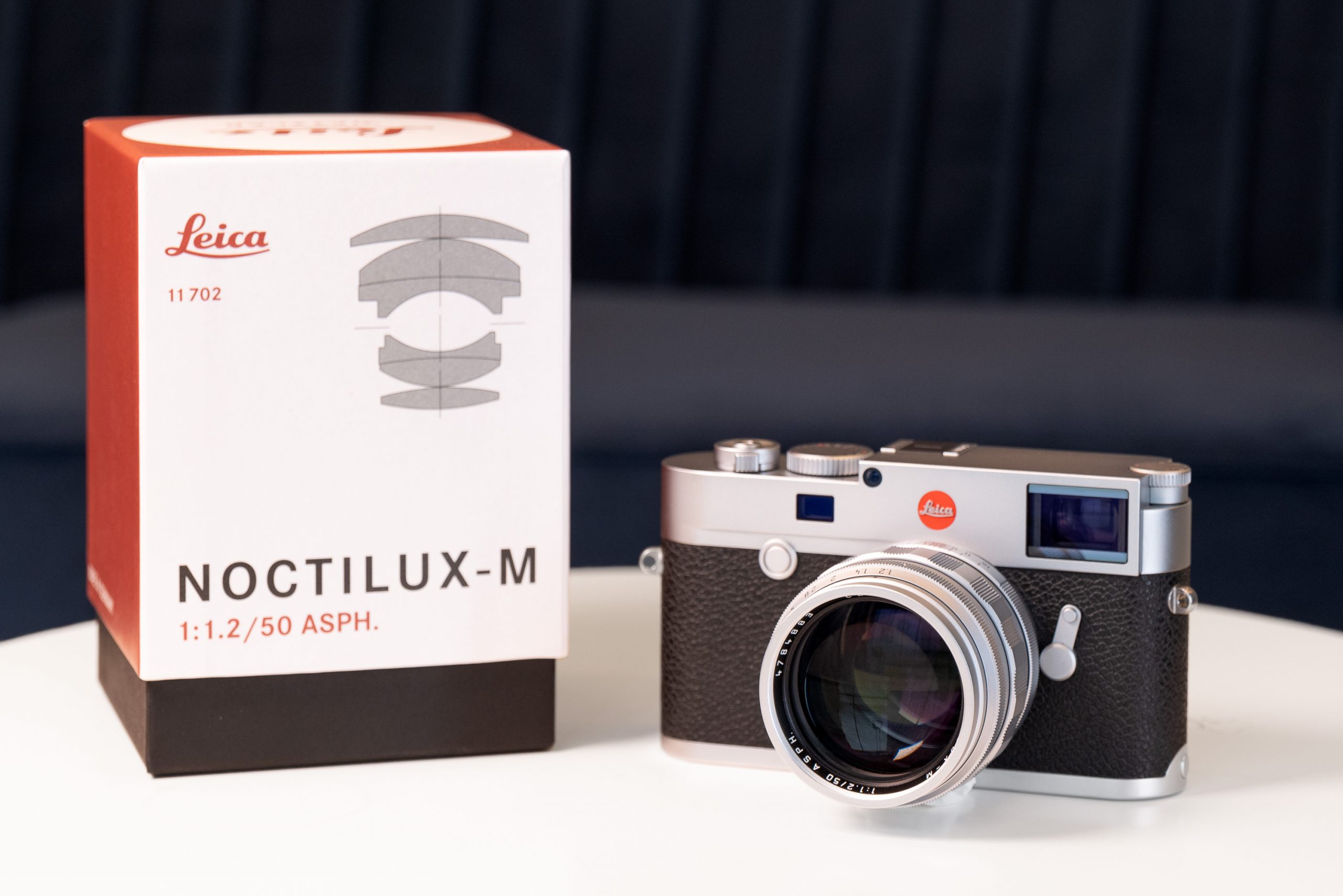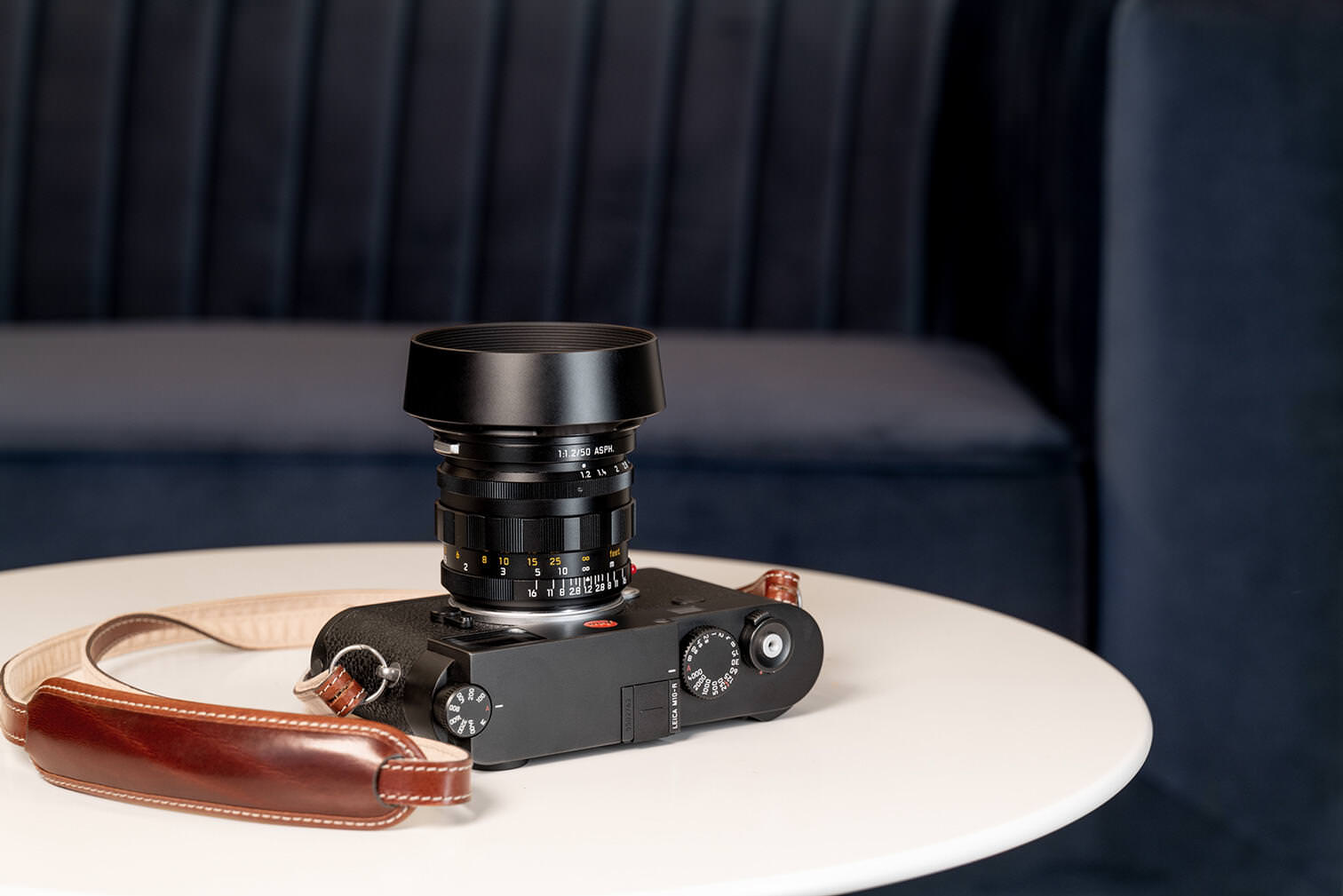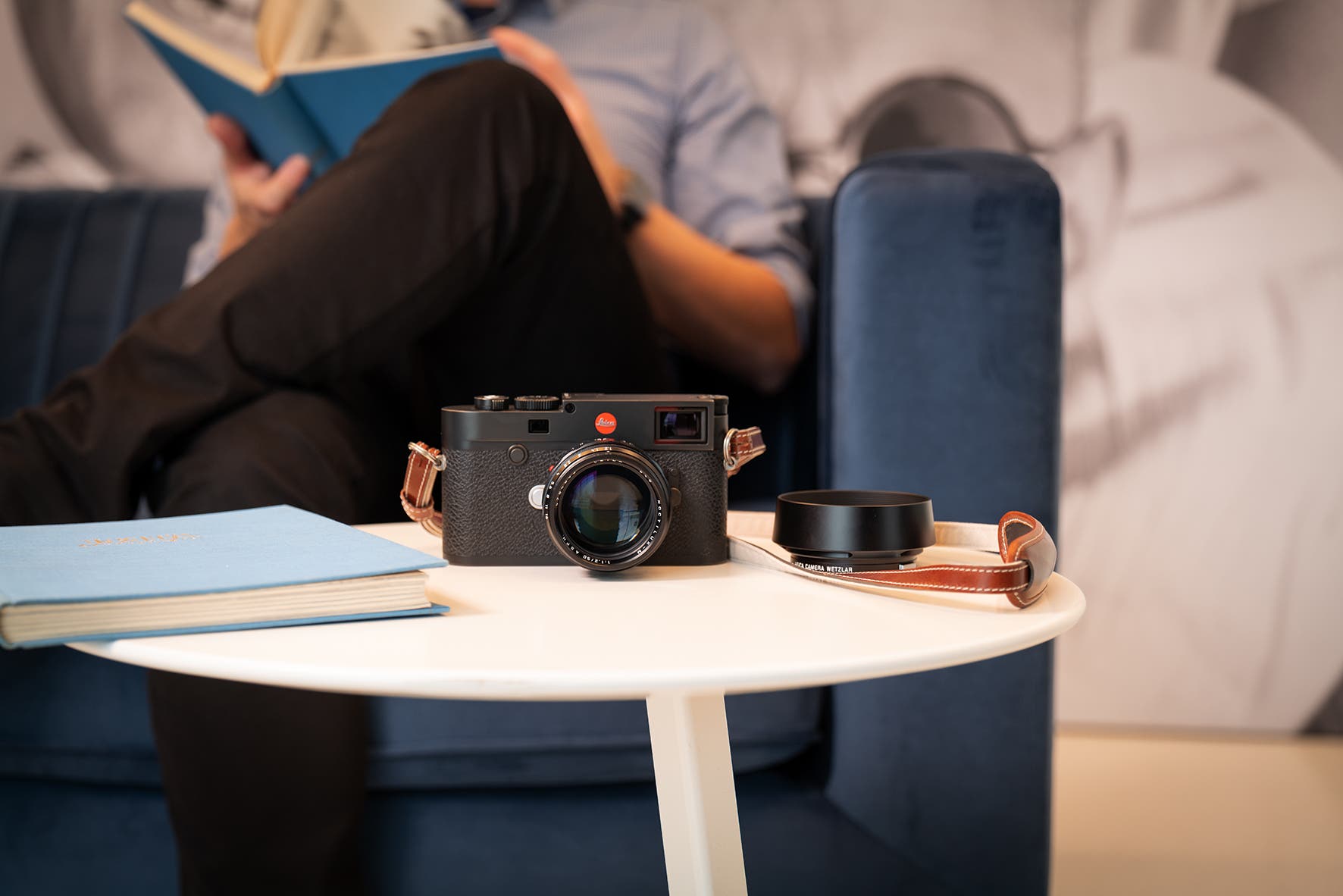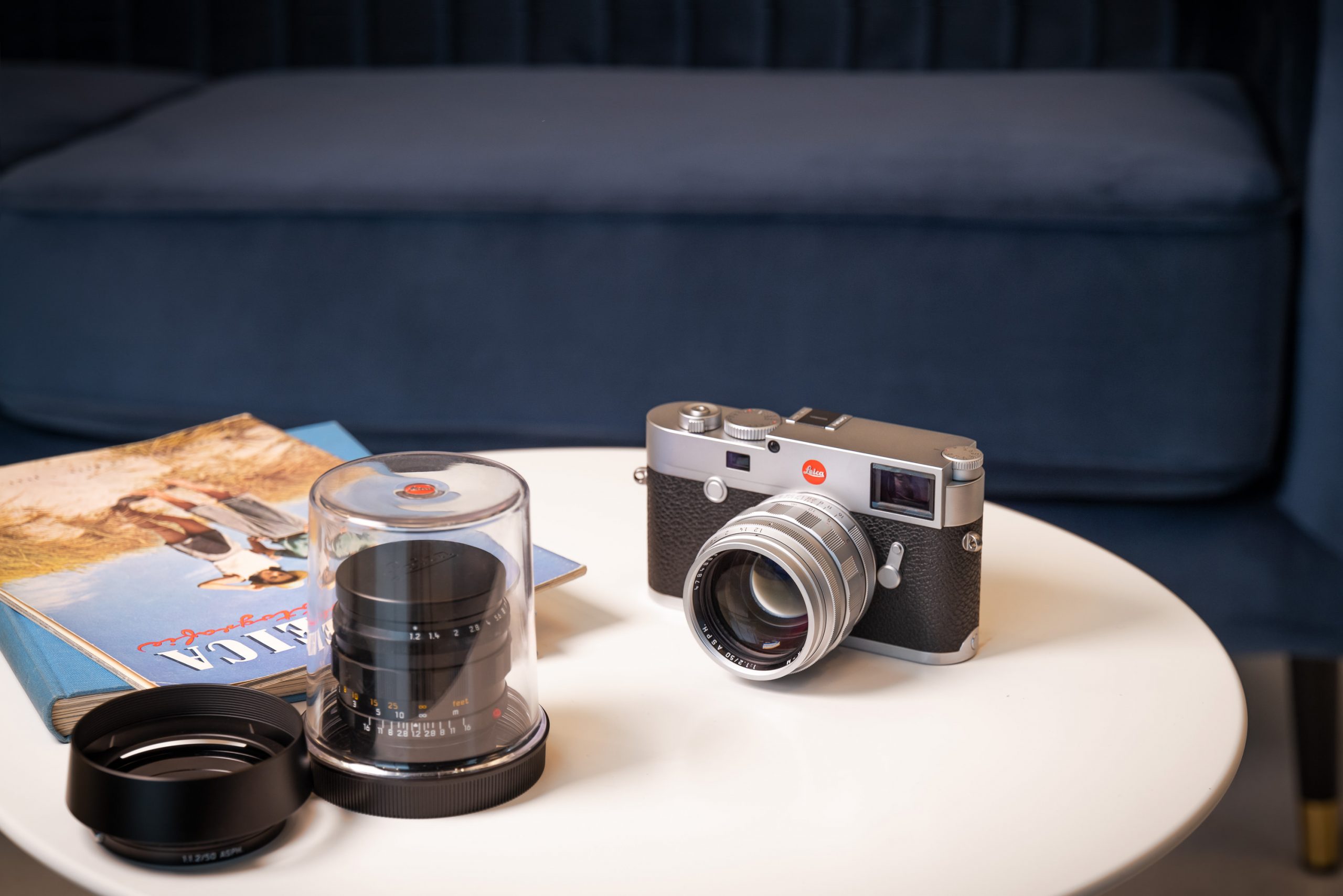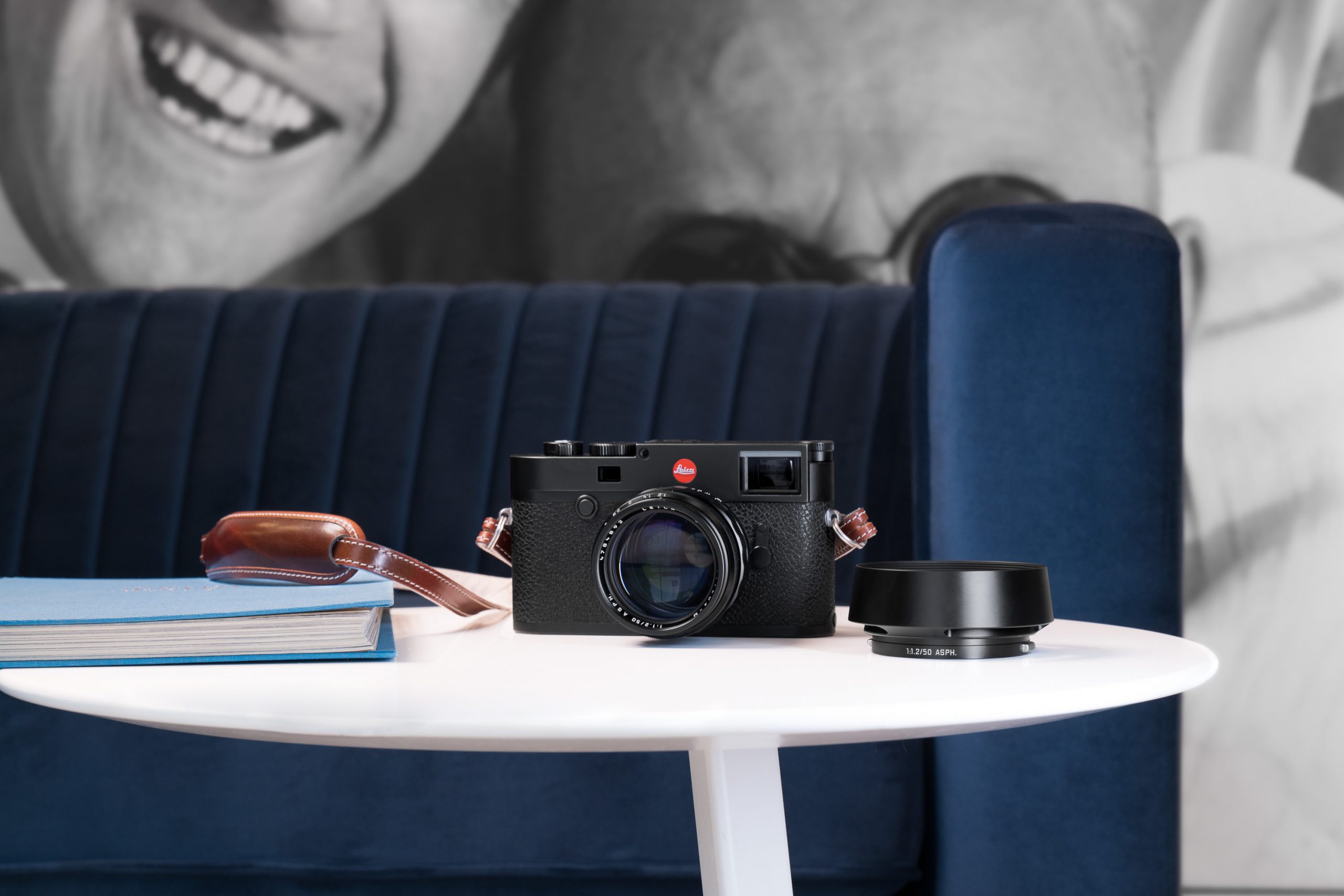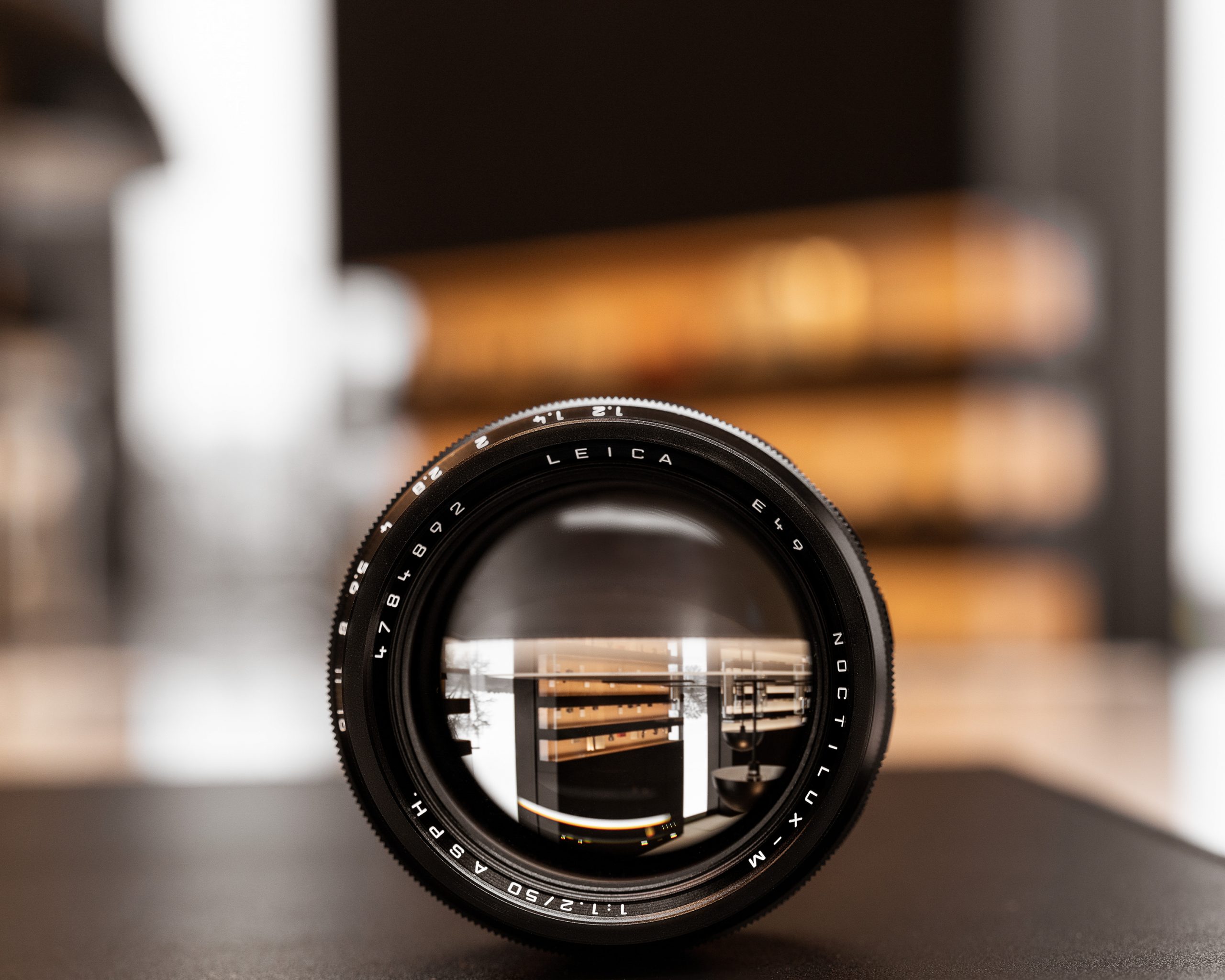Leica Announces the Reissue of the Classic Noctilux-M 50mm f/1.2 ASPH
With the Noctilux-M 50 f/1.2 ASPH. Leica is re-issuing a lens that occupies a very special place in the company’s history.
Produced from 1966 to 1975, at a total quantity of 1,757 units, the Noctilux 50 f/1.2 was the world’s first lens to feature aspherical elements and, as such, represented something of a sensation. Its light sensitivity (which is enormous even by today’s standards) further contributed to the Noctilux’s legendary status – as did its unique aesthetic: images captured at open aperture are imbued with a soft, almost dreamlike quality – creating an unmistakable look with an exquisite bokeh.
The Noctilux-M 50 f/1.2 ASPH. is the third lens to be added to the Leica Classics Range, following the previous re-issues of the Summaron-M 28 f/5.6 of 1955, and the Thambar-M 90 f/2.2 of 1935.
With the return of this landmark lens into the company’s classic range, Leica maintains these distinctive visual characteristics in the new Noctilux-M 50 f/1.2, whose calculation and construction adheres so closely to the original that the imaging results are almost identical. Despite the fact that it was originally calculated more than fifty years ago, the purpose of this lens is by no means limited to nostalgic experiments: once it has been stopped down to f/2.8 (at the very latest), the Noctilux-M 50 f/1.2 delivers sharp images that live up to any quality expectations of modern-day digital photography. The lens also continues to be the most compact and light-weight Noctilux in Leica’s catalog.
In 1966, the Noctilux 50 f/1.2 astounded expo visitors and the trade press with its positively revolutionary optical attributes. The lens offered a maximum aperture that was enormous by the standards of the time, in conjunction with the exceptional optical performance. This was partly due to the fact that the Noctilux was the world’s first serially produced lens to feature two aspherical elements. Their purpose was to reduce spherical aberration at maximum aperture and improve rendition quality. To re-issue this iconic lens, the original calculation and construction were only minimally changed and carefully adapted to the glass types and production methods available today.
“The new Noctilux-M 50 f/1.2 ASPH. marks the revival of the world’s first lens with aspherical elements. It allows me to create timeless portraits with a wonderful bokeh and soft skin tones,” says photographer Milan Swolfs, best known for his burlesque and vintage-style fine art portraits that bring to mind the unforgettable Hollywood glamour of the 1920s and 1930s.
Rather than looking to the work of other photographers, Swolfs draws inspiration from old movies, timeless works of art, and the way in which Dutch Masters such as Rembrandt and Vermeer utilized light in their paintings. The photographer, who is also the owner of a vintage Noctilux 50 f/1.2, has taken the new Noctilux-M 50 f/1.2 ASPH. on a thorough field test. His findings confirmed that the original’s distinctive look at open aperture has been retained in the new model. In addition, the Noctilux-M 50 f/1.2 ASPH. delivers an extremely sharp rendition when slightly stopped down – making the new lens suitable for everyday shooting scenarios across the board.
Here some sample pictures:
The Noctilux-M 50 f/1.2 ASPH. will be available in two variants. Before the introduction of the Noctilux in 1966, silver was the customary color for M lenses – with the exception of a few special-edition models aimed at photojournalists, which were given a discreet black finish. The Noctilux marked the start of the company’s transition to black-anodized lenses. Prior to releasing the Noctilux on the market, Leica produced around five silver-finish prototypes. They now count among the most coveted and highly-priced M lenses in existence. The serial, black-finish Noctilux 50 f/1.2 was produced in a total volume of just 1757 units. As a result, any well-maintained model is also considered a highly sought-after collector’s item on today’s market.
The black anodized variant of the new Noctilux-M 50 f/1.2 ASPH. with aluminum lens barrel is available at specialist retailers as of now. The lens comes in packaging inspired by the original box and is complemented by the same lens container that was provided with the original Noctilux 50 f/1.2 for safekeeping. The silver chrome variant, which is released in parallel, will be limited to a production run of 100 units. The special-edition model features a brass lens barrel, a front-ring engraving that reads LEITZ WETZLAR (instead of LEICA) and comes in packaging that bears an even closer resemblance to that of the original.
More info on Leica’s website.

